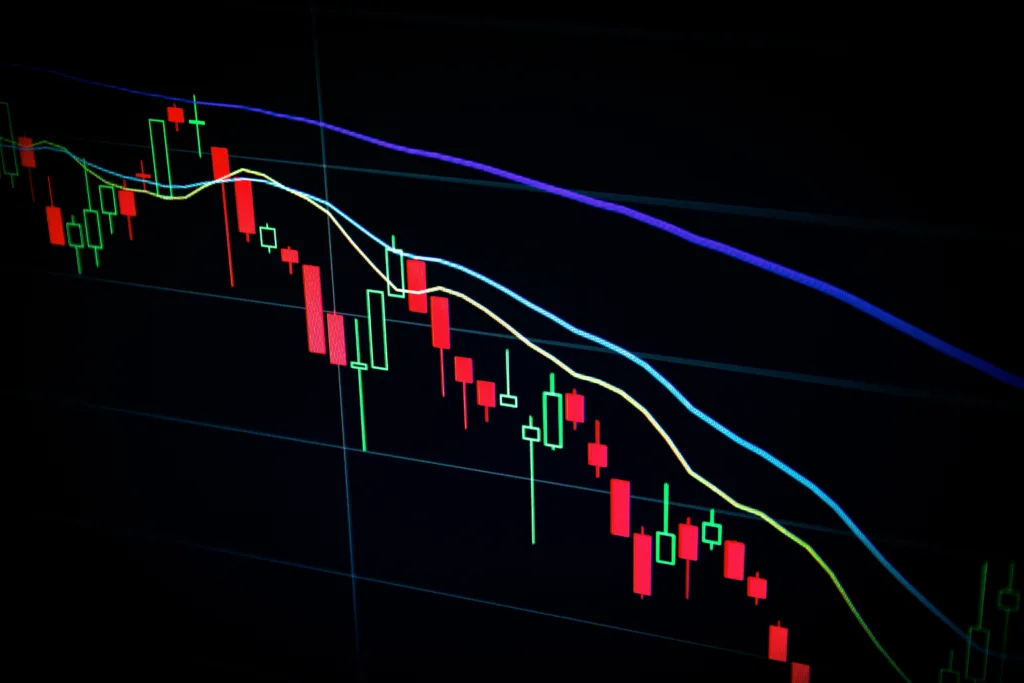The Dynamics of Auction Trading: A Closer Look
For millennia, the foundation of economic exchange has been auction trading, which offers a venue for buyers and sellers to negotiate the price of products and services. This dynamic process provides a singular window into market behaviour, illuminating the interaction between supply, demand, and psychological factors in society. Here, we delve into the realm of auction trading and examine its different guises, workings, and tactics.

Types of Auctions
Auctions come in various formats, each tailored to specific circumstances and industries. Some of the most common types include:
- English Auctions: This is the classic open-outcry auction, where the auctioneer starts with a low price and gradually raises it until a bidder accepts the price. The last bidder standing wins the item.
- Dutch Auctions: In this reverse auction, the seller starts with a high price and lowers it until a bidder agrees to the price. The first bidder to accept wins the item.
- Sealed-Bid Auctions: Bidders submit their bids privately, and the highest bidder wins at the price they offered. First-price sealed-bid and second-price sealed-bid auctions are common variations.
- Silent Auctions: Often used for fundraising, participants write down their bids on a sheet of paper next to the displayed item. The highest bidder when the auction closes wins.
Auction Mechanics
Regardless of the format, auctions follow a consistent sequence:
- Announcement: The auctioneer announces the item, starting price, and rules.
- Bidding: Participants place bids according to the rules of the auction. Bids can be verbal, written, or digital, depending on the platform.
- Closing: The auction closes either at a set time or when bidding activity slows down. The highest bidder at this point wins the item.
- Payment: The winning bidder pays the agreed-upon amount to the seller, completing the transaction.
Strategies for Success
Auction trading isn’t just about luck—it involves strategic decision-making. Some effective strategies include:
- Value Assessment: Bidders must accurately assess the value of the item to avoid overpaying. Researching the market and setting a personal maximum bid can help prevent impulsive decisions.
- Bid Timing: Placing bids early can discourage competition while waiting until the last moments might catch others off guard. Each has its own pros and cons.
- Bid Increment: Bidders should understand the bidding increments to avoid unnecessary overbidding. Strategic bidding involves staying just above competitors without exceeding the item’s value.
- Psychological Tactics: Some bidders use psychological tactics like intimidation or feigning disinterest to sway competitors. However, these tactics can backfire and harm the overall auction atmosphere.

Auction Formats and Real-World Applications
The versatility of this trading strategy is demonstrated by the evolution of auction formats to fit various situations and sectors. Let’s go deeper into some real-world examples:
- Art Auctions: Auctions are a common occurrence in the world of art. At prestigious auction houses like Christie’s and Sotheby’s, high-profile works of art frequently fetch high prices. Art auctions are a singular experience due to the drama and thrill of live bidding as well as the status of owning a work of art.
- Online auctions: The digital era has made auctions a reality online. Online marketplaces like eBay have transformed the auction industry by making a wide variety of goods available to a worldwide audience. These platforms use a variety of formats, from traditional English auctions to cutting-edge timed auctions, to accommodate differing user preferences.
- Commodity Auctions: Auctions are a popular way to exchange commodities including minerals, food, and energy sources. In order to ensure justice and openness when allocating resource rights, governments and organizations frequently use sealed-bid auctions.
- Real estate auctions: Auctions are one way to sell real estate, drawing both investors and private bidders. Interested parties can place competing bids on properties during real estate auctions on an open market, allowing market forces to determine the final price.
Conclusion
Auction trading is a captivating blend of strategy, psychology, and economics. Whether you’re participating in a fast-paced live auction or a methodical online auction, understanding the mechanics and employing effective strategies can give you an edge. As a reflection of market dynamics and human behaviour, auctions continue to be a fascinating lens through which to view the intricate dance of supply and demand.
For further queries or information, mail us at [email protected] or Instagram us at https://www.instagram.com/majboor_velle/?hl=en